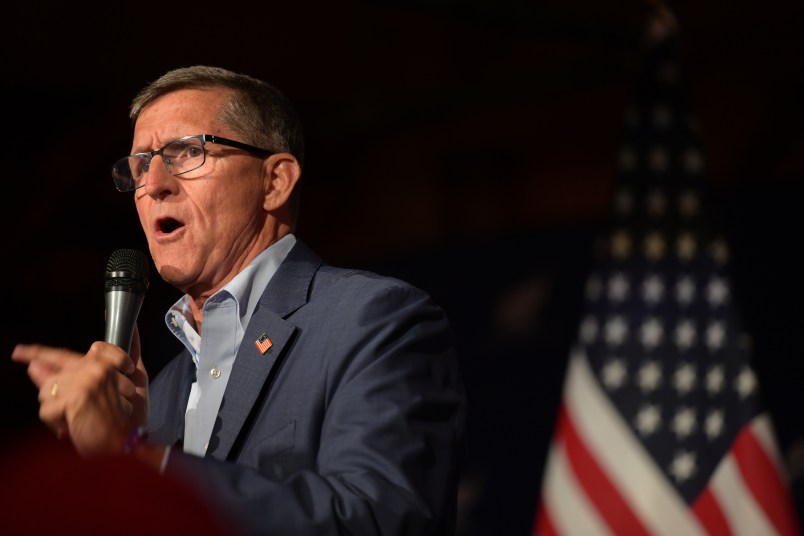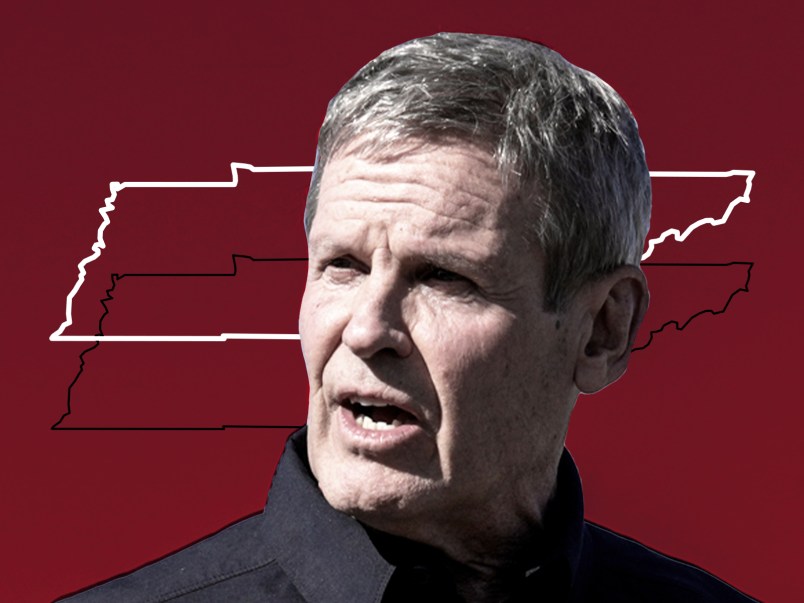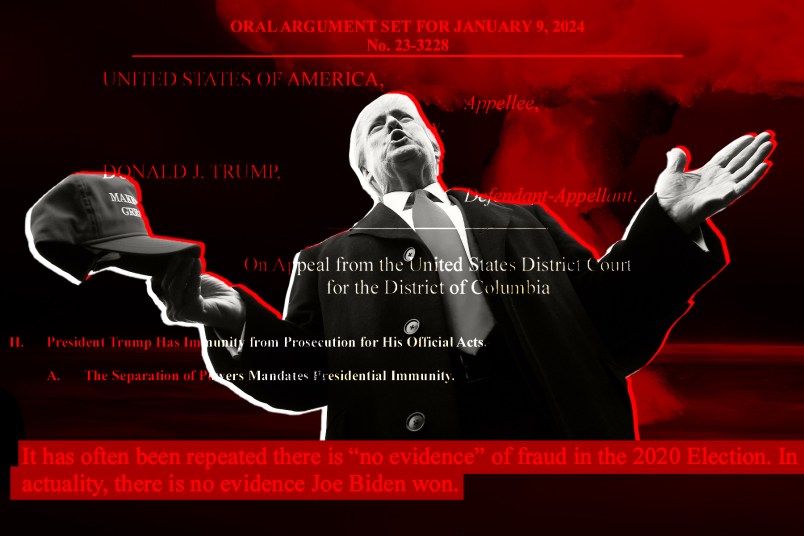We’ve told you that the Feds are looking at that December 2007 presentation that Joe Cassano gave for investors, to determine whether he, along with AIG CEO Martin Sullivan, knowingly gave an unduly rosy picture of AIGFP’s exposure to sub-prime losses.
But a review of that presentation suggests that a few other AIG execs may also have shaded the truth, to put it mildly, on a different question.
One of the points that Cassano and Sullivan were at pains to make to jumpy investors that day was that AIGFP’s deals were subject, as Cassano put it, to “the approval of the AIG Head Office Enterprise Risk or the Credit Risk Group at AIG.”
In other words, said Cassano:
[T]here’s always two eyes, two teams reviewing our business. There is not one dollar of this business that’s been done that hasn’t gone through that double review check.
Sullivan agreed, referring to “the many years AIG has been a — has had a centralized risk management function that oversees the market, credit and operational risk management units in each of our businesses as well as at the parent company.”
He continued:
We have our arms around what is happening through AIG and believe we have demonstrated this through timely and comprehensive disclosure and accuracy in our reporting.
That claim was also supported by Bob Lewis, the head of AIG’s chief risk officer. Said Lewis, later in the presentation:
AIG is a decentralized organization, and our business executives make decisions on businesses to achieve risk-adjusted returns over their — in their business models, over their cycles and in their businesses. What we do at the holding level is to ensure that that’s done with integrity, done with quality and that the aggregation of those risks do not rise to anything that would be a concentration of risk at the AIG level.
And Kevin McGinn, the firm’s chief credit officer, sounded the same theme, referring specifically to AIGFP’s credit default swaps:
I just want to mention on the way, by the way, Joe Cassano mentioned this morning and I just want to confirm this about the relationship that we have with AIG Financial Products. The Super Senior business of AIGFP is a business that we have been really involved with from the very inception of the business over ten years ago, initially through Bob when he was Chief Credit Officer of the corporation and since I took over in the middle of 1994.
But essentially every single Super Senior transaction does come down to our Committee. AIG Financial Products doesn’t have credit authority really to approve that on its own. We challenge Joe and his team on, we basically challenge his assumptions, we stress the book, we run some independent tests to make sure that all the assumptions that he’s made are valid and we indeed approve those transactions. Some of them are of a size that require the further sign off by either Bob or Steve and in some cases, if they go into very high amounts, by Martin Sullivan himself. So that’s a very, very active process.
That picture seems clear enough, then. AIG risk officers looked at AIGFP’s deals really, really closely. But it’s a picture that doesn’t jibe with some other key facts we’ve been learning about how much access AIG risk managers had to Cassano’s operation.
As we told you last week, AIG CEO Ed Liddy was recently asked during congressional testimony about this very question, and replied: “We had risk-management practices in place. They generally were not allowed to go up into the financial-products business.”
In addition, at a January 2008 meeting (that’s just a month or so after the presentation), AIG’s auditor, PricewaterhouseCoopers, concluded that the access to AIGFP enjoyed by risk officers “may require strengthening”.
And in March 2008, the Office of Thrift Supervision sent a letter to AIG, later released by Congress. OTS said that AIGFP “was allowed to limit access of key risk control groups while material questions relating to the valuation of the [swap portfolio] were mounting.” One of the risk control groups named by OTS was Lewis’ team.
In other words, there’s abundant evidence contradicting the claims by Sullivan, Cassano, Lewis, and McGinn that the risk team went over AIGFP’s deals with a fine-toothed comb.
Did these execs know at the time they made these assurances to investors that they presenting, at best, a very selective version of the truth? That may be another question for federal investigators.








